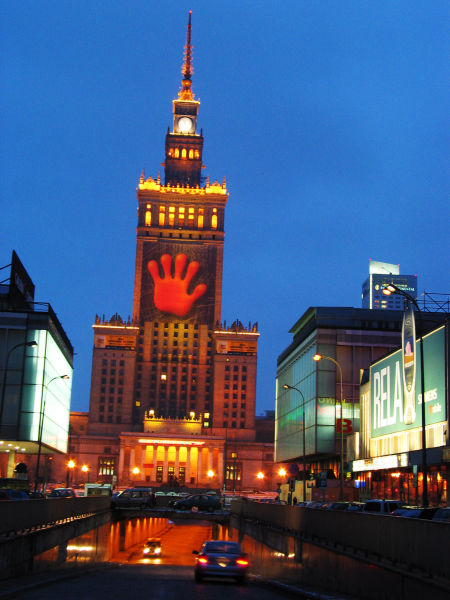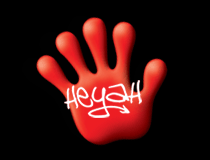1) Product- the polish mark of services of mobile telephony, acting in system prepaid. The operator of Heyah's net is Polish Digital Telephony, it to which belongs also Era net. It was really "fresh" brand for young people at the beginning.
2). Price- competitive prices (the lowest prices in polish mobile gsm networks); if you want know more about proces please click here: http://www.heyah.pl/english and choose option "Price List".
3). Place- the introduction of brand was really big success in polish gsm market in 2004. The logo was probably the most popular logos at that time. The characteristic logo is stylised on shape of pentadactylous palm, called Red Paw. The whole of identification of visual net bases on connection of colours black and red, sometimes completed with white background.
4). Promotion- the promotion campaign was very agressive. At the beginning the logo was in TV, on billbords, in newspapers and even at the streets. Than all the people were thinking what is that. Than after 2/3 weeks the company start with TV, radio and newspapers advertisements explaining what logo and brand is.
Heyah's campaigns advertising characterize with common changes of style. This kind of creation is dictated by aspiration to surprising consumers. Advertisements of Heyah were awarded in Poland and Europe many times.
On this website you can find all adverisements of Heyah:
http://www.heyah.pl/serwisy_reklamy
The essential element of formation of picture of mark is the interent Heyah's Club, uniting the users of net. The membership in Club connects with advantages - the reductions on products and services of Heyah net and the co-operating firms. Members of this Club can connect each other, creat bloggs and information in Vkleyah service.
Here is the link to Heyah Club: http://www.heyahklub.pl/hk/portal/?sn=HEYAH.PORTAL






